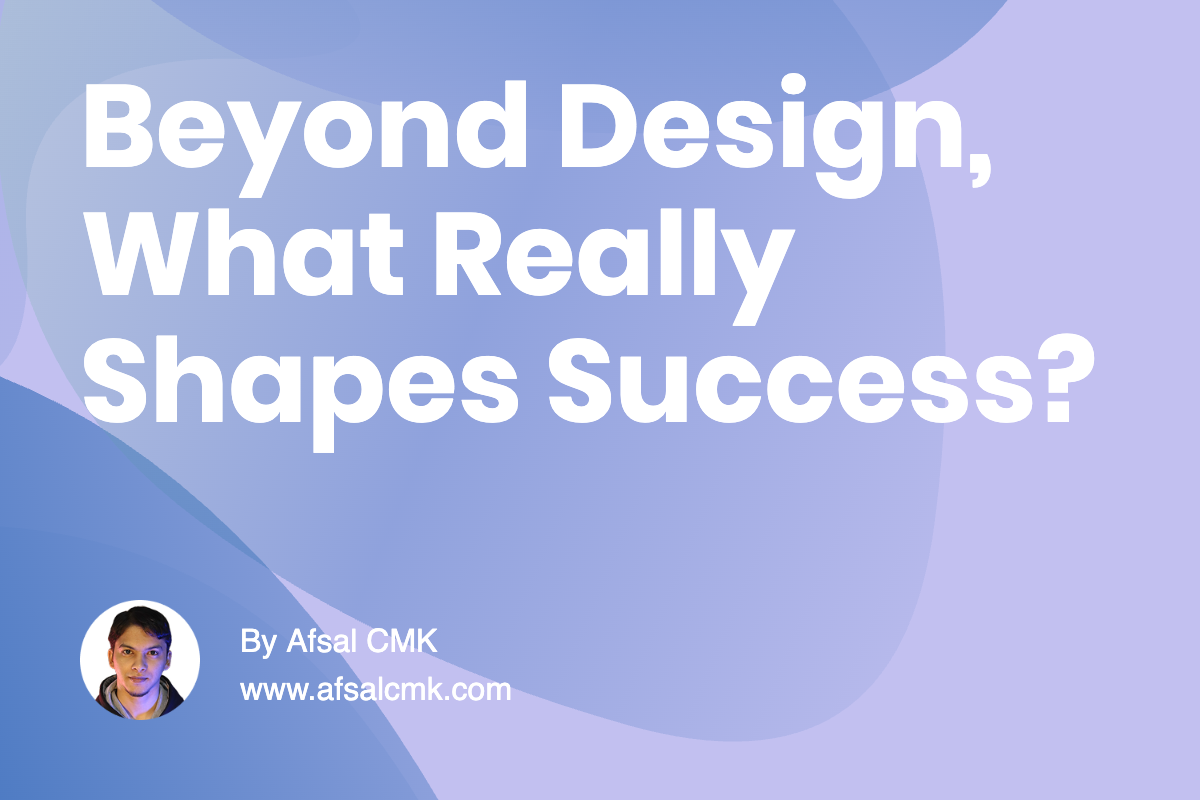
Beyond Design, What Really Shapes Success?
I remember working on a project where the design was praised in the initial reviews. Clean visuals, thoughtful interactions, everything checked the right boxes. Yet, when the product went live, adoption was slow and feedback wasn’t as glowing as expected. It wasn’t the design itself that failed, but the assumption that design alone could carry the weight of success.
It’s easy to get caught up in pushing pixels and refining flows, believing that if the interface looks and feels right, the product will work. But products live in a wider ecosystem-shaped by market timing, user behavior, competition, and even how features are rolled out. If you focus only on design, you risk polishing something that never really had the conditions to succeed.
This is why feedback loops need to go beyond surface-level design critique. You want to understand whether people discovered the feature at the right time, if the marketing created the right expectations, and how it fit into the user’s larger context. Without that view, you’re just looking at one piece of a bigger puzzle.
When you adopt a holistic approach, you start asking different questions and uncovering insights that shape stronger outcomes. It shifts the feedback conversation from “does this screen look good?” to “does this design actually work in the real world?”
Consider how market conditions influence adoption, not just design polish.Look at how users discover and engage with features, not just how they interact once inside.Pay attention to competition-users compare your product to what they already know.Evaluate marketing messages alongside the product experience, to ensure alignment.Bring in multiple perspectives, not just design critique, when collecting feedback.The next time you review your work, pause and ask yourself whether you’re evaluating only the design, or the full experience around it. By doing so, you’ll build not only better interfaces but products that stand a stronger chance of thriving. Start small: in your next feedback session, add one question that looks beyond design. You’ll be surprised by how much clarity that simple step can bring.